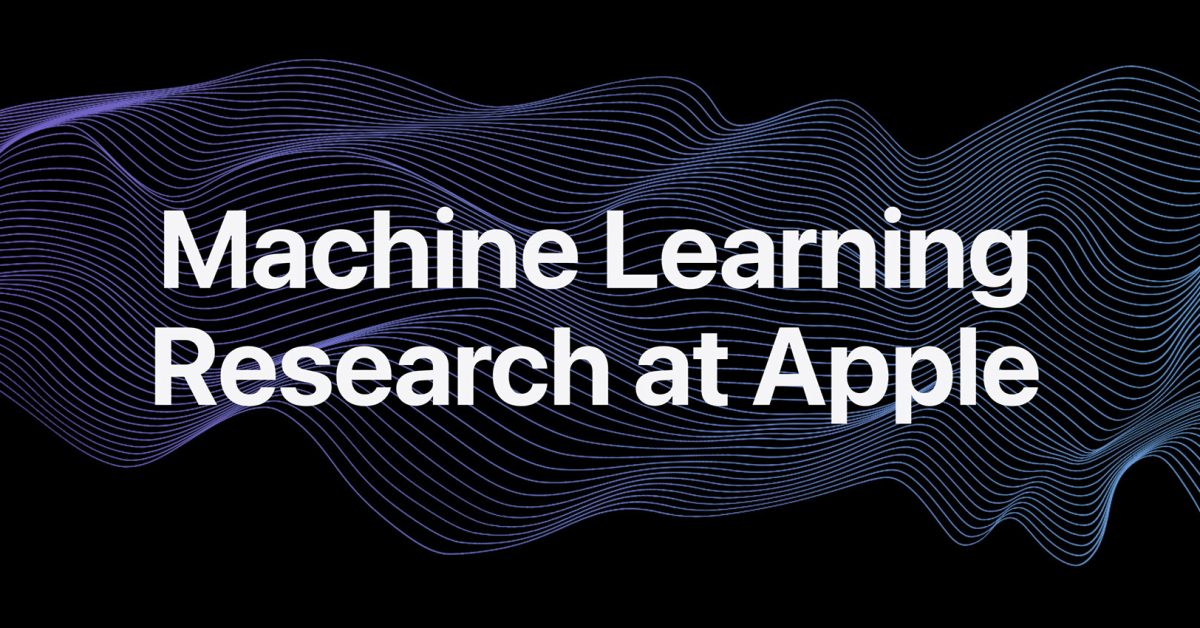Machine Learning
Apple publishes Human-Centered Machine Learning workshop

**Apple Unveils Insights from 2024 Human-Centered AI Workshop**
What’s Happening?
Apple has released recordings from its 2024 Workshop on Human-Centered Machine Learning (HCML), offering a glimpse into its latest advancements in ethical AI development. The tech giant continues to emphasize responsible innovation, showcasing nearly three hours of expert discussions. These sessions highlight how Apple integrates human values into machine learning, ensuring technology serves people, not the other way around. The recordings are now available on Apple’s Machine Learning Research blog.
Where Is It Happening?
The workshop took place at Apple’s headquarters in Cupertino, California. The discussions and findings, however, are now accessible globally through the company’s online platforms.
When Did It Take Place?
The 2024 HCML Workshop occurred earlier this year, with the recordings being published today, June 2024.
How Is It Unfolding?
– Apple has made nearly three hours of expert-led discussions available to the public.
– Topics covered include bias reduction, data privacy, and user-centric AI design.
– The sessions feature Apple’s researchers and external experts sharing breakthroughs.
– The content is aimed at both tech professionals and the general public.
– Apple is positioning itself as a leader in ethical AI deployment.
Quick Breakdown
– Nearly 3-hour long workshop recordings now available online.
– Focus on ethical concerns, including bias reduction and privacy.
– Featuring collaborations with external AI experts.
– Content designed to demystify responsible AI for the public.
– Emphasis on human-centric technological advancements.
Key Takeaways
Apple’s 2024 Human-Centered Machine Learning Workshop underscores the importance of aligning AI with human values. By releasing these recordings, Apple aims to foster transparency and engage a broader audience in the conversation about ethical AI. The sessions demystify complex topics like bias and privacy, making them accessible to both professionals and laypeople. This marks a significant step toward bridging the gap between cutting-edge technology and consumer trust. Apple is demonstrating its commitment to responsible innovation, ensuring that AI serves as a tool for good.
“Ethical AI isn’t just a buzzword—it’s the foundation of a trustworthy future. Apple’s initiative sets a new standard for what responsible innovation should look like.”
– Rebellion Zhang, AI Ethics Advocate
Final Thought
Apple’s latest move to share its Human-Centered Machine Learning Workshop recordings is more than just a transparency play—it’s a bold declaration of its commitment to ethical AI. By making these discussions available, the company invites everyone to participate in shaping the future of technology. **This isn’t just about advancing AI; it’s about building it in a way that respects and uplifts humanity.**
**













